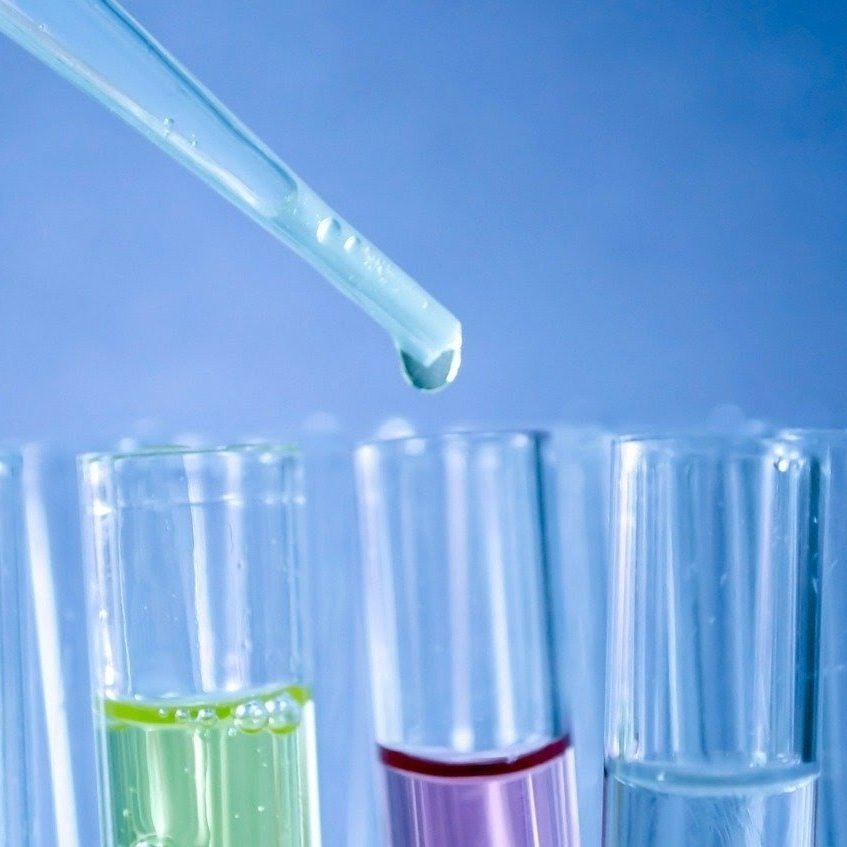Physical Science Unit Resources
Energy
Energy and Matter
Potential Energy
Heat Energy Transfer
Kinetic Energy
Forces and Interactions
Newton’s First and Second Law of Motion
Gravity
Newton’s Third Law of Motion
Electric and Magnetic Forces
Waves and Electromagnetic Radiation
Waves
Digital and Analog Signals
Structure and Properties of Matter
Atoms, Elements & the
Periodic Table
Motion of Molecules
Synthetic Materials
Changes in Molecule Motion
Chemical Reactions
Evidence of a Chemical Change
Thermal Energy Project
Conservation of Mass

Thermal Energy Project Mini Unit Resources
Students collect data about three chemical reactions (baking soda and vinegar; calcium chloride, baking soda and water; ammonium chloride and water) and determine if each reaction is endothermic or exothermic. Then, students determine which reaction would be the best to create a hot pack. Finally, students design, build, test and modify an original pie-warming device!

Conservation of Mass Mini Unit Resources
Students independently practice counting atoms in chemical formulas and review why we cannot turn carbon into gold! They demonstrate the law of conservation of mass by comparing the reactants and products of rust. Students model the reaction between baking soda and vinegar by cutting apart reactant molecules, building the products and creating a poster of this chemical equation!

Evidence of a Chemical Reaction Mini Unit Resources
Students differentiate between physical and chemical changes and learn the signs of a chemical reaction. Then, they plan and carry out an investigation and compare reactants (baking soda and vinegar) and products to determine if a chemical change has occurred. Students share their evidence for a chemical change with a claim, evidence and reasoning assessment.